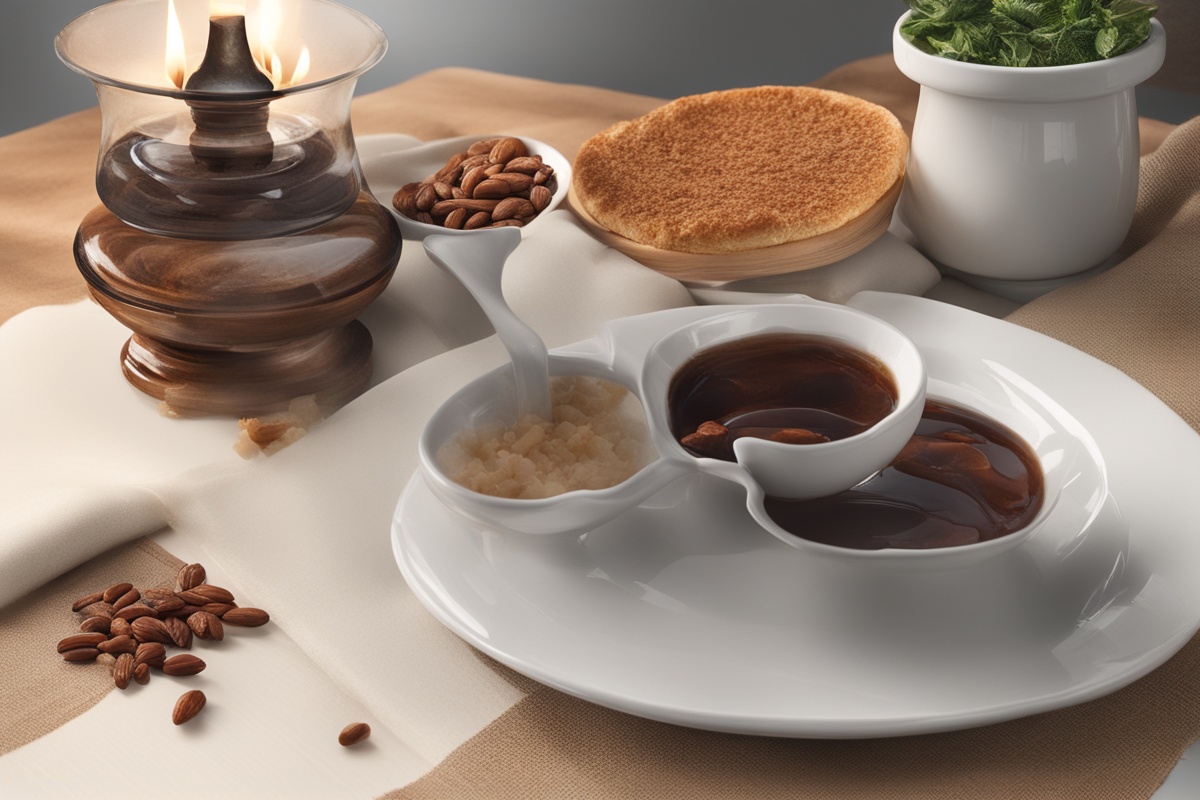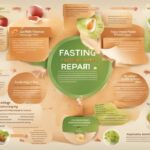<
Breaking a fast can feel like stepping onto unfamiliar ground, especially if you’ve been abstaining from food for an extended period. Whether you’re wrapping up a religious fast, completing an intermittent fasting cycle, or finishing a detox, how you reintroduce food to your system matters—a lot. Rushing into a heavy meal might leave you feeling bloated, sluggish, or worse. That’s why exploring gentle methods to end fasting is so crucial. I’ve navigated this journey myself, and through trial and error (and a few stomach aches), I’ve learned what works and what doesn’t. Let’s dive into some practical, body-friendly ways to ease back into eating, ensuring your transition is smooth and sustainable.
Why Gentle Methods to End Fasting Matter
Imagine this: you’ve just completed a 24-hour fast. Your stomach is empty, your digestive system has been on a break, and suddenly, you’re dreaming of a massive pizza. Tempting, right? But here’s the catch—your body isn’t ready for that kind of shock. When you fast, your digestive enzymes slow down, and your stomach shrinks a bit. Diving into heavy, rich foods can overwhelm your system, leading to discomfort or even nausea. Gentle methods to end fasting help “wake up” your digestion gradually, preventing those dreaded side effects. Research backs this up, showing that a slow reintroduction of food reduces gastrointestinal stress and helps maintain the benefits of fasting, like improved insulin sensitivity.
Start with Hydration: The First Step to Breaking a Fast
Before you even think about solid food, let’s talk about water. Hydration is your best friend when breaking a fast. After hours or days without food, your body craves fluids to kickstart its processes. I remember finishing a 48-hour fast once and feeling parched beyond belief. Instead of reaching for food, I sipped on lukewarm water with a pinch of Himalayan salt. Why salt? It helps replenish electrolytes lost during fasting. You can also try herbal teas like chamomile or peppermint—both are soothing and won’t irritate an empty stomach. Avoid sugary drinks or caffeine at this stage; they can spike your blood sugar or dehydrate you further. Aim for small sips over 30 minutes to an hour before moving to food. Trust me, this simple step sets the tone for a gentle transition.
Choose Easily Digestible Foods for Your First Bite
Once you’re hydrated, it’s time to eat—but not just anything. Gentle methods to end fasting prioritize foods that are easy on your gut. Think bone broth, a personal favorite of mine. It’s warm, nourishing, and packed with collagen and amino acids that support gut healing. I’ve found that a small bowl of broth after a fast feels like a comforting hug for my insides. If broth isn’t your thing, consider steamed vegetables like zucchini or carrots. They’re soft, low in fiber, and won’t tax your system. Fruits like bananas or applesauce work too, as they provide natural sugars for a quick energy boost without being too heavy. The key here is small portions—don’t pile your plate high. Start with a few spoonfuls and see how your body reacts. Overeating, even with light foods, is a rookie mistake I’ve made more than once.
For more ideas on gut-friendly foods, check out our post on Nourishing Foods to Eat After Fasting. It’s got a handy list of options to keep your stomach happy.
Take It Slow: The Power of Pacing Yourself
Here’s a question for you: why rush something as important as feeding your body after a fast? Pacing yourself is one of the most effective gentle methods to end fasting. Your digestive system needs time to rev up, so don’t expect to eat a full meal right away. After my first long fast, I made the mistake of eating a normal-sized lunch within hours of breaking it. Big mistake. I felt so bloated I could barely move. Now, I follow a rule of thumb: eat small, frequent meals over the first 24 hours. Maybe a handful of nuts after your broth, then a small serving of cooked rice a few hours later. Spread out your intake, and listen to your body. If you feel full or sluggish, stop. This slow-and-steady approach prevents digestive overload and helps you avoid that “food coma” feeling.
Avoid Common Pitfalls When Breaking a Fast
Let’s be real—breaking a fast can come with temptations. That leftover cake in the fridge or the fast-food joint on your way home might call your name. But falling into these traps can derail the benefits of your fast. High-fat, sugary, or processed foods are a no-go in the early stages. They can cause rapid blood sugar spikes, leaving you jittery or tired. I once broke a fast with a greasy burger (don’t judge), and I paid for it with hours of nausea. Lesson learned. Stick to whole, simple foods instead. Also, steer clear of overeating, even with healthy options. Your stomach capacity shrinks during a fast, so overloading it is a recipe for discomfort. If you’re unsure what to avoid, our guide on Common Mistakes When Breaking a Fast breaks it down with real-world tips.
Incorporate Probiotics for Gut Support
Another gentle method to end fasting is supporting your gut with probiotics. Fasting can shift your gut microbiome, and reintroducing food is a chance to rebuild those healthy bacteria. I’ve experimented with this myself by adding a spoonful of plain yogurt (unsweetened, of course) to my post-fast meals. It’s mild, easy to digest, and full of live cultures that aid digestion. Fermented foods like sauerkraut or miso soup are great options too, though start with tiny amounts to avoid bloating. Studies, including those from the National Institutes of Health, show that probiotics can reduce digestive discomfort after fasting by balancing gut flora. If you’re new to fermented foods, ease into them—your gut will thank you.
Mind Your Mindset: The Emotional Side of Breaking a Fast
Breaking a fast isn’t just physical; it’s emotional too. Have you ever felt a mix of excitement and anxiety about eating again? I know I have. After days of discipline, the act of eating can feel like crossing a finish line—or even a loss of control if you overdo it. That’s why a mindful approach is one of the best gentle methods to end fasting. Take a moment to appreciate your meal. Chew slowly, savor each bite, and reflect on why you fasted in the first place. This mindset shift helped me avoid bingeing after a fast last year. I sat down with a small bowl of soup, turned off distractions, and focused on the warmth and flavor. It grounded me. If you struggle with guilt or overeating, consider journaling your thoughts or reading up on mindful eating practices in our article Mindful Eating After Fasting.
When to Seek Professional Advice
While these gentle methods to end fasting work for most, everyone’s body is different. If you’ve fasted for more than a few days, have underlying health conditions, or experience severe discomfort when reintroducing food, don’t play the guessing game. Consult a healthcare provider or dietitian. I once pushed through dizziness after a prolonged fast, thinking it was normal. Turns out, my electrolyte balance was off, and a quick chat with my doctor set me straight. Experts can tailor advice to your needs, especially if you’re on medication or managing conditions like diabetes. Safety first—fasting and breaking it should always enhance your health, not harm it.
References
- National Institutes of Health: Effects of Fasting on Gut Microbiota
- Harvard Health: Intermittent Fasting and Its Effects on the Body
- Mayo Clinic: Fasting Diet and Safety Guidelines
This content is for informational purposes only and not a substitute for professional advice.
}






